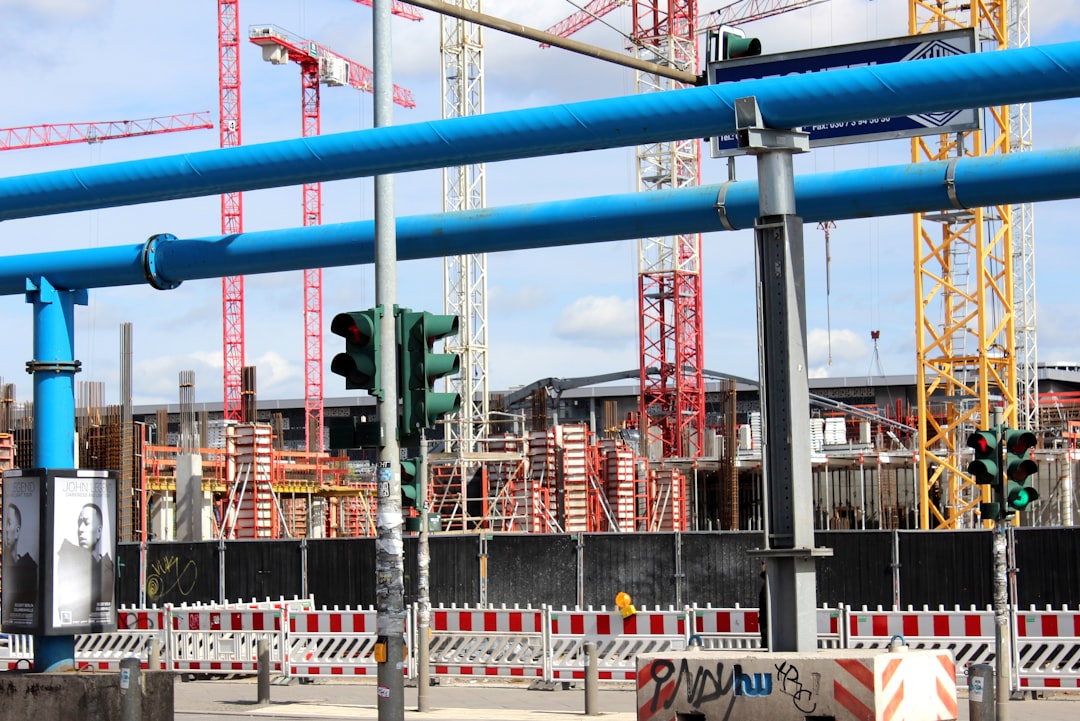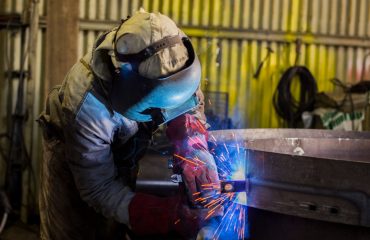The construction of ports and harbors is a complex undertaking, requiring robust and durable materials capable of withstanding the harsh marine environment. Increasingly, steel pipes are emerging as a game-changing solution, offering a unique blend of strength, flexibility, and cost-effectiveness. This blog post delves into the fascinating world of port construction with steel pipes, exploring the design considerations, installation processes, advantages, challenges, and future prospects of this innovative approach.
1. Design Considerations for Steel Pipe Port Structures
Designing a port structure using steel pipes necessitates careful consideration of several factors. The diameter and wall thickness of the pipes are crucial, determined by the anticipated loads, water depth, and soil conditions. Finite element analysis (FEA) is often employed to simulate the structural behavior under various loading scenarios, including wave forces, seismic activity, and vessel impacts. The design must also account for corrosion protection, employing techniques like galvanization, coating, or cathodic protection to extend the lifespan of the structure. Furthermore, the design should incorporate ease of assembly and maintenance, minimizing downtime and operational costs. Modular designs, using prefabricated pipe sections, are becoming increasingly popular, speeding up construction and reducing on-site work.
2. Installation Techniques for Steel Pipe Port Components
The installation of steel pipe port structures can be carried out using various methods, depending on the water depth, site conditions, and the type of structure being built. For shallow water, pipes can be driven directly into the seabed using specialized equipment. In deeper water, divers or remotely operated vehicles (ROVs) might be employed to guide the pipes into position. Specialized barges and cranes are often used to handle and position the large and heavy pipe sections. Welding plays a critical role in connecting the pipe sections, requiring skilled welders and stringent quality control measures to ensure structural integrity. The use of specialized underwater welding techniques may be necessary for deep-water installations. Precise alignment and accurate welding are paramount to prevent leaks and ensure the structural stability of the entire port facility.
3. Advantages of Utilizing Steel Pipes in Port Construction
Steel pipes offer several compelling advantages in port construction. Their high strength-to-weight ratio allows for the construction of robust structures with minimal material usage, reducing costs and environmental impact. The flexibility of steel pipes allows them to adapt to uneven seabed conditions, simplifying the construction process and reducing the need for extensive site preparation. Steel pipes are also highly durable and resistant to corrosion when properly protected, ensuring a long service life. Furthermore, the modular nature of steel pipe structures facilitates easy expansion and modification, accommodating future growth and changing port requirements. The prefabrication aspect also allows for much of the construction to be completed off-site, minimizing disruption at the construction site.
4. Challenges and Mitigation Strategies in Steel Pipe Port Projects
Despite the numerous advantages, challenges exist in steel pipe port construction. Corrosion remains a major concern, requiring robust protection measures to prevent degradation. The transportation and handling of large-diameter pipes can pose logistical difficulties, especially in remote locations. Ensuring accurate alignment and welding underwater can be technically demanding and requires specialized expertise. Environmental considerations, such as potential impacts on marine life and seabed habitats, must be carefully addressed through proper planning and mitigation strategies. Finally, the need for skilled labor and specialized equipment can impact project costs and timelines. Careful planning, rigorous quality control, and the adoption of innovative construction techniques are essential to overcome these challenges.
5. Future Trends and Innovations in Steel Pipe Port Technology
The future of steel pipe port construction is bright, with ongoing innovation driving improvements in design, materials, and construction techniques. The development of high-strength, corrosion-resistant steel alloys is enhancing the durability and lifespan of these structures. Advanced simulation tools and digital twin technologies are improving design accuracy and reducing construction risks. The integration of sensors and monitoring systems allows for real-time assessment of structural health and early detection of potential problems. Furthermore, the increasing use of automation and robotics in construction is streamlining the installation process and improving efficiency. Research into sustainable construction practices, including the use of recycled steel and minimizing environmental impacts, is also gaining momentum.
In conclusion, steel pipe port construction represents a significant advancement in coastal infrastructure development. By leveraging the inherent strengths of steel pipes and addressing the associated challenges through innovative solutions, this approach offers a sustainable, cost-effective, and efficient way to build robust and resilient ports for the future.
SEO Tags:
- Steel pipe port construction
- Offshore port construction
- Marine infrastructure
- Steel pipe applications
- Sustainable port development




